Not your average Mech game.
On 7th September 1993, Jordan Mechner wrote about The Last Express inhis journal.
So, why go back to games?
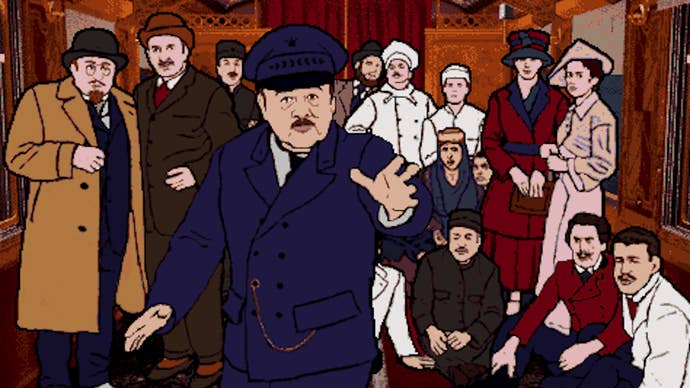
Why not tell his thrilling train story via a movie or comic book?
After Prince of Persia, I left San Francisco.
I went back to New York.

I learned 16-millimeter filmmaking.
This is 1991 technology.
That was when the idea for The Last Express came together."
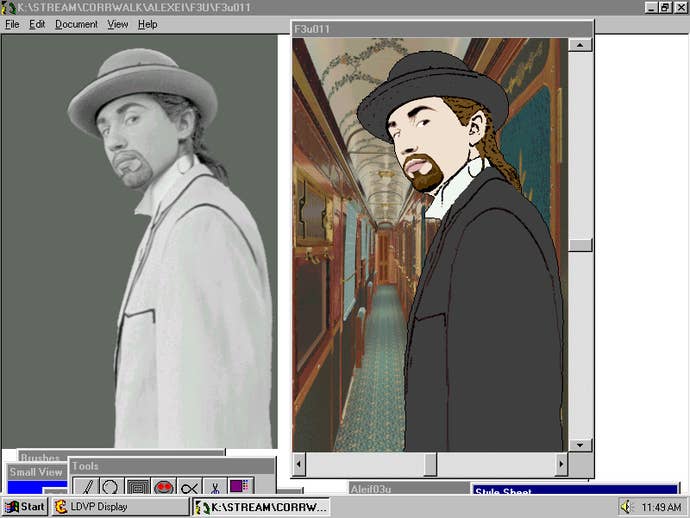
A video game seemed like a natural meeting point for the two mediums.
One that Mechner couldn’t help but explore.
I thought: ‘Instead of making a film, why not make a game that’s cinematic?’
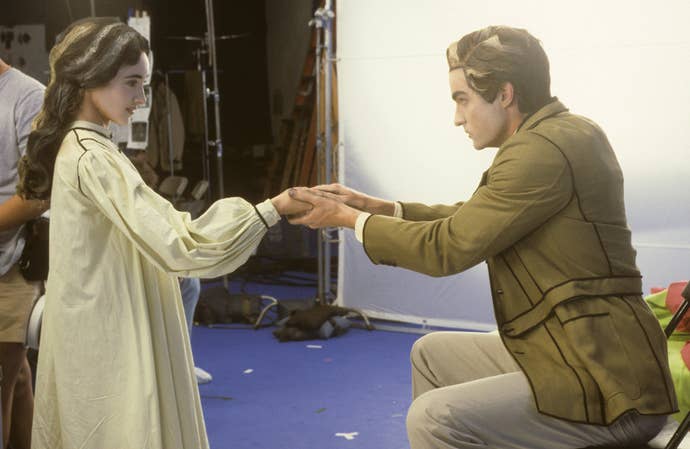
He founded Smoking Car Productions that same year and started staffing up to make his vision a reality.
Mechner says it was like balancing three full-time jobs.
“It was completely all-consuming because I was interested especially in the cinematic and storytelling aspects of the game.
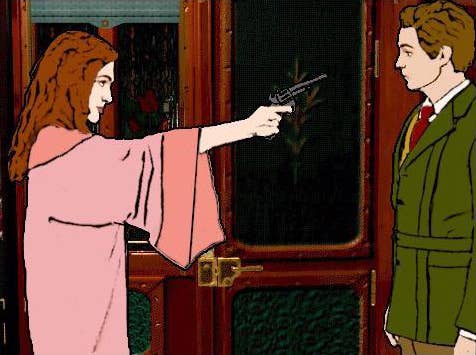
It was very intense.”
To pull off this particular magic trick, Mechner and Pierce mapped out the game’s broad story beats.
“So, I kind of wrote it in a pseudo-code and then gave it to the programmers.
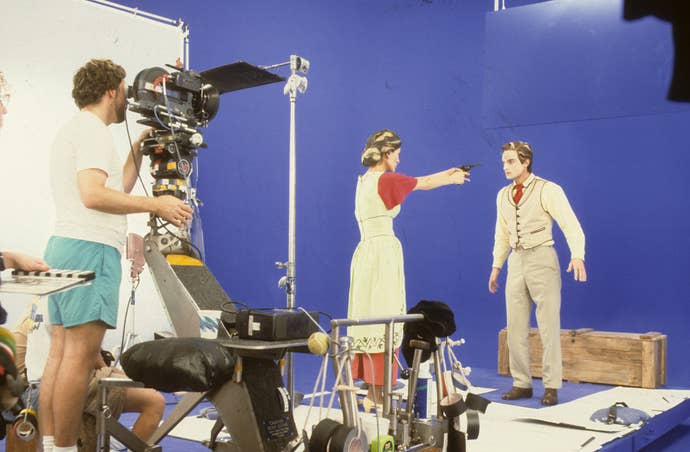
This makes sense, given Mechner’s obvious love for classic films and the craft of movie-making.
However, it came as a bit of a shock to me.
Mechner chuckles when I admit this to him.
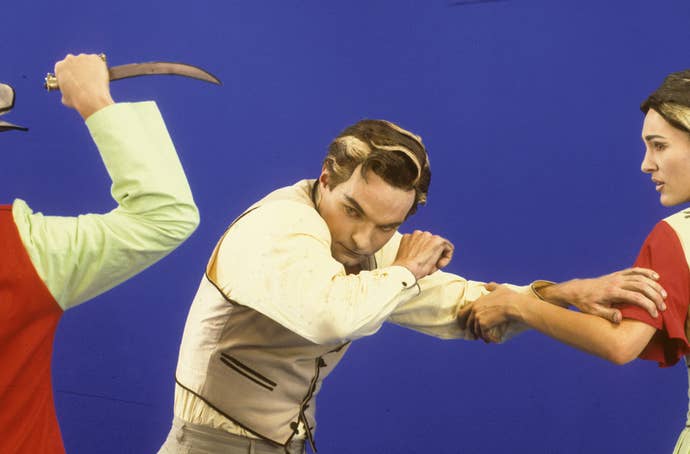
“I probably walked into that one,” he says.
“Like, I asked for it by calling it the Orient Express because that story is so famous.
But Christie’s version is a locked room murder mystery.
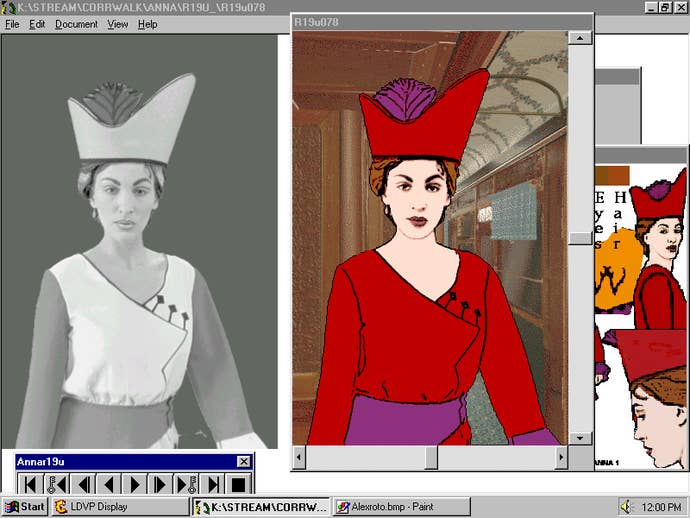
It just happens to be on a stopped train.
Whereas, in The Last Express, it’s a train that’s moving.
It crosses Europe, and then by the end, it becomes a runaway train.
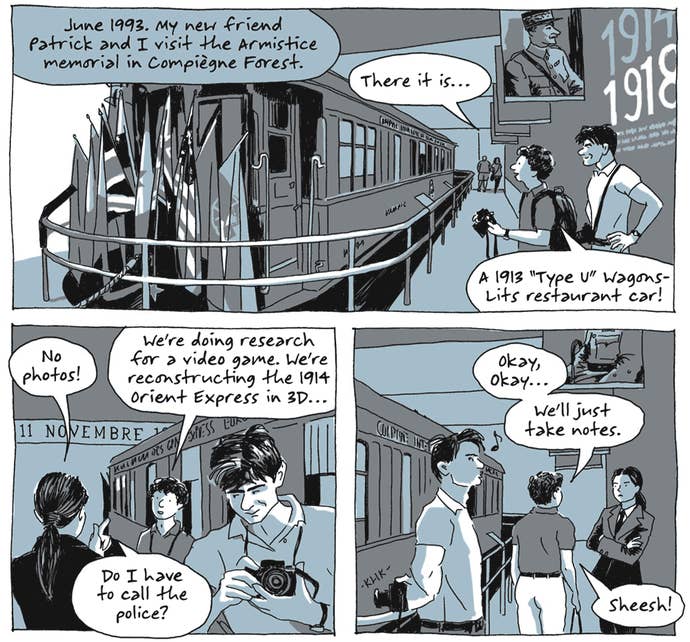
There’s a hijacking.
When he puts it that way, it’s easy to see the game’s actual inspirations shine through.
“I was also heavily influenced by European graphic novels,” Mechner continues.
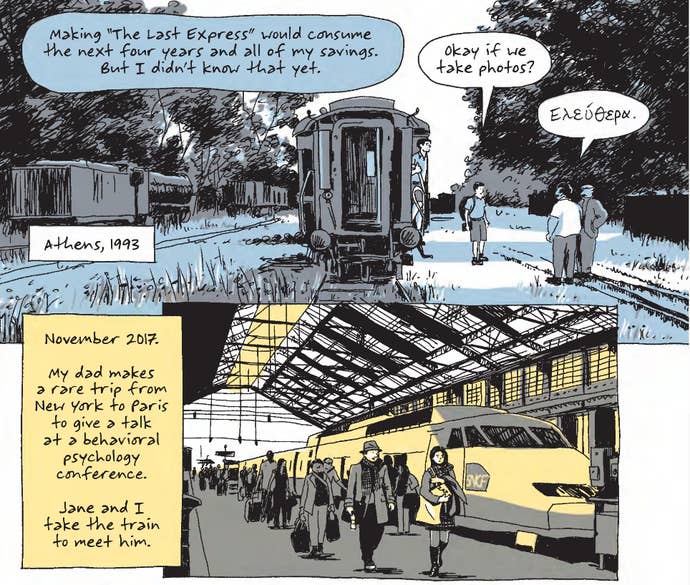
“This was 1993.
I was an American who loved comics but didn’t know this whole other universe.
It’s a very interesting and rich historical period.
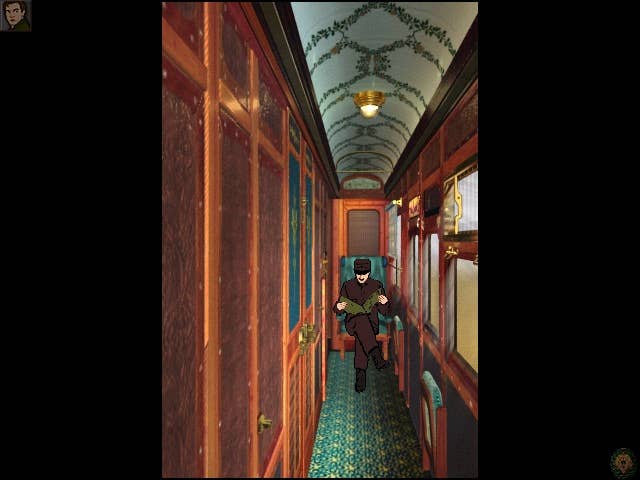
“First, I just thought it was ugly.
I also thought there was something about full motion video that kind of worked against the illusion of interactivity.
But The Last Express would be entirely different.
It was a gargantuan effort, and Mechner directed it all from start to finish.
“It was particularly important to us to capture the nuances of facial expressions and gestures.
Everybody has their own way of walking, so that you could recognize them even at a distance.
Suffice to say, it worked.
Throughout our conversation, I get the impression that Mechner is nothing if not humbly generous.
“Yeah, we really swung for the fences,” Mechner says.
“I’m very proud that the story and characters work.
I’m one of those very people.
The Last Express was my first memorable video game experience.